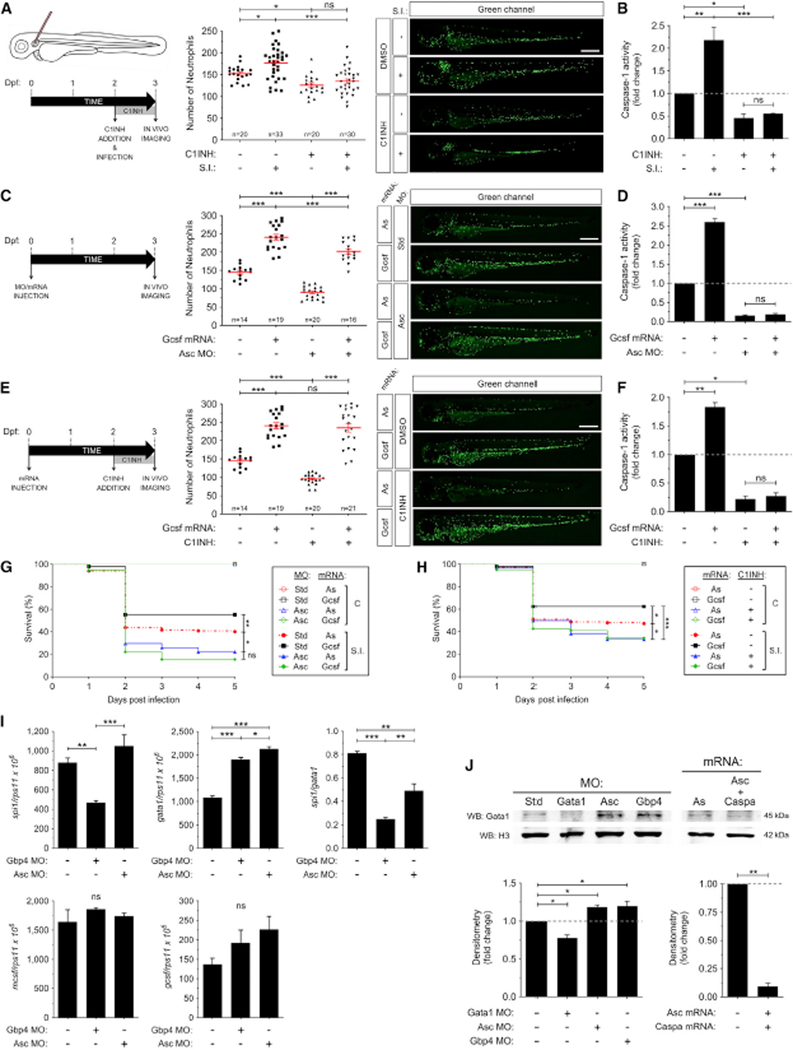Figure 4. Infection Is Unable to Bypass the Inflammasome Requirement for Neutrophil Production in Zebrafish.
(A-H) Tg(mpx:eGFP) zebrafish one-cell embryos were Injected with standard control (Std), Gbp4, or Asc MOs In combination with antisense (As), Gcsfa, Asc, Caspa mRNAs(C, D, G, H-J) or left uninjected, manually dechorionated at 48 hpf and treated by immersion with DMSO or the irreversible caspase-1 inhibitor Ac-YVAD-CMK (C1INH) (A, B, E, F). Larvae were then infected at 48 hpf with S. Typhimurium (S.I.) in the otic vesicle (A, B) or the yolk sac (G, H) and the number of neutrophils was counted in the whole body at 24 hpi (A, B) or 72 hpf (C-F) and the survival was determined during 5 days after the infection (G, H). Each dot represents the number of neutrophils from a single larva, while the mean ± SEM for each group is also shown. The sample size (n) is indicated for each treatment. Note than the 4 non-infected group showed no mortality and the 4 lines are overlapping. Representative images of green channels of whole larvae for the different treatments are shown (A-F). Scale bars, 500 μm. Caspase-1 activity was determined in whole larvae for each treatment at 72 hpf (one representative caspase-1 activity assay out of the three carried out is shown) (B, D, F).
(I-J) The mRNA amounts of spi1b, gata1a, mcsf, and gcsf in larval tails were measured by RT-qPCR at 24 hpf (I), while the protein amounts of Gata1a and histone H3 were determined using western blot in larval tails at 24 hpf (J). A densitometry analysis was performed to check the differences between treatments. ns, not significant; *p < 0.05; **p < 0.01; ***p < 0.001 according to ANOVA followed byTukey multiple range test (A-F, I, J) or log rank test with Bonferroni correction (G, H).

